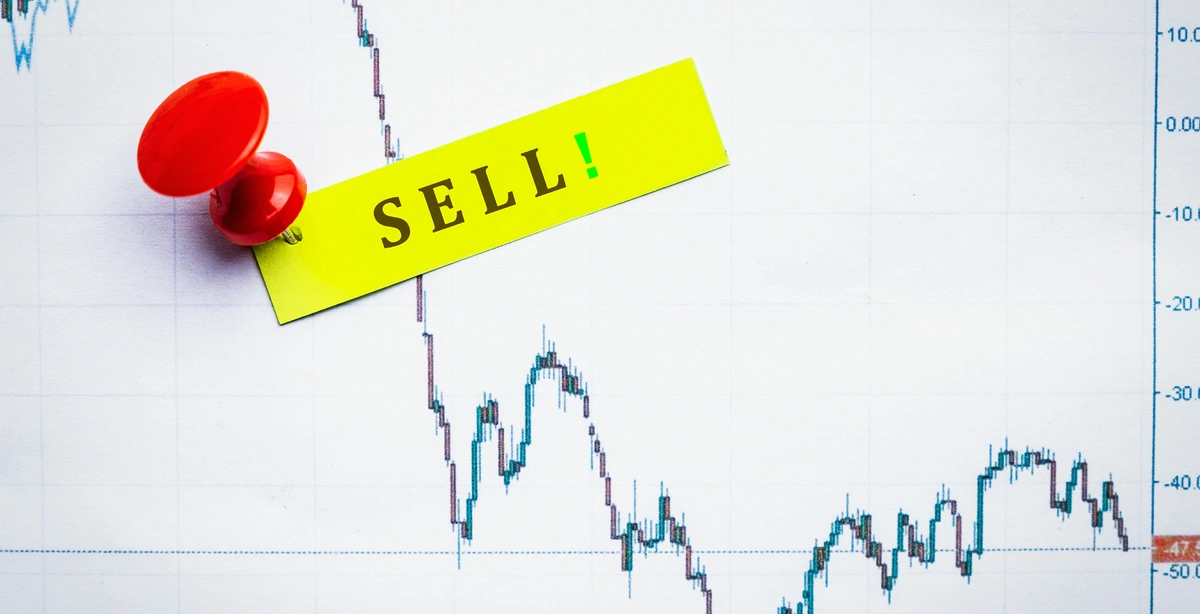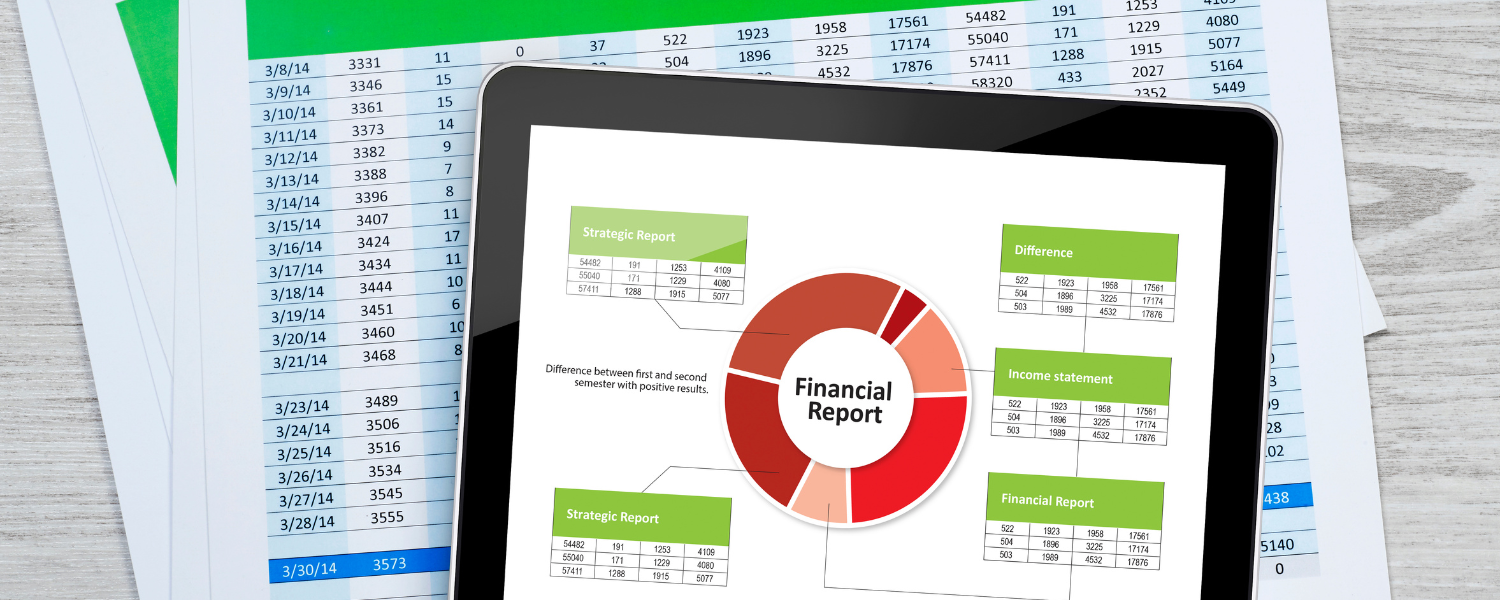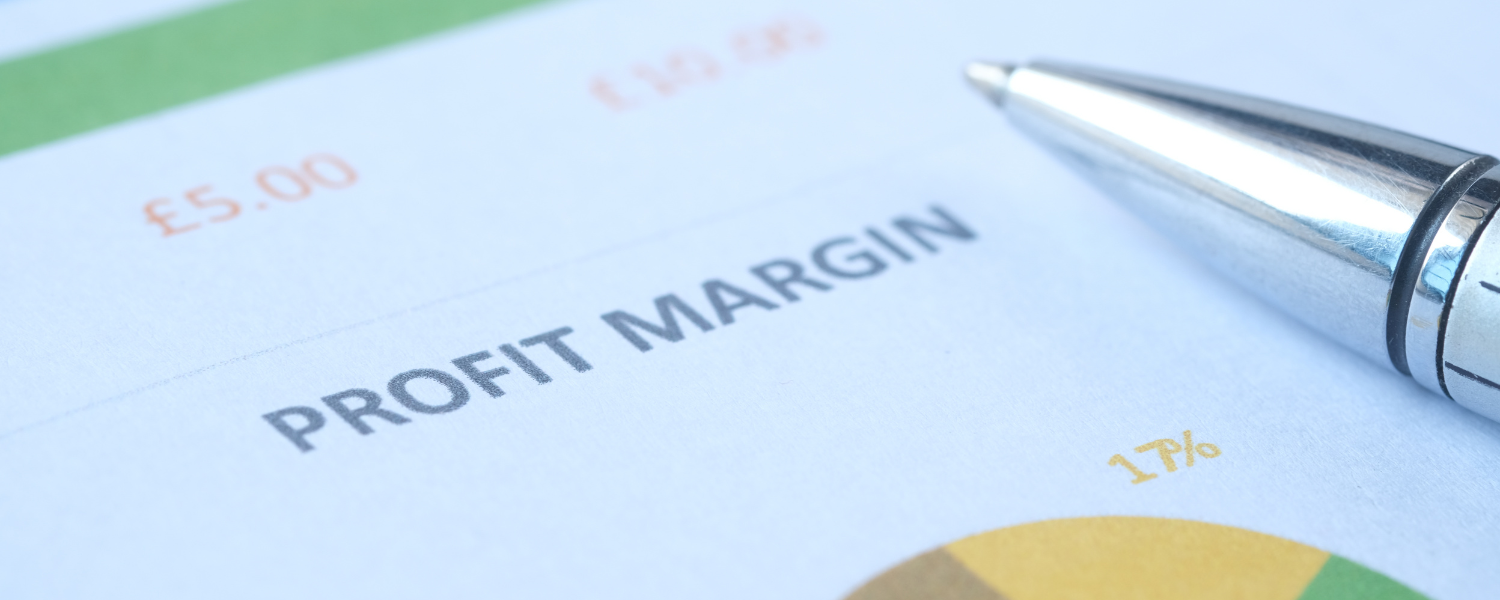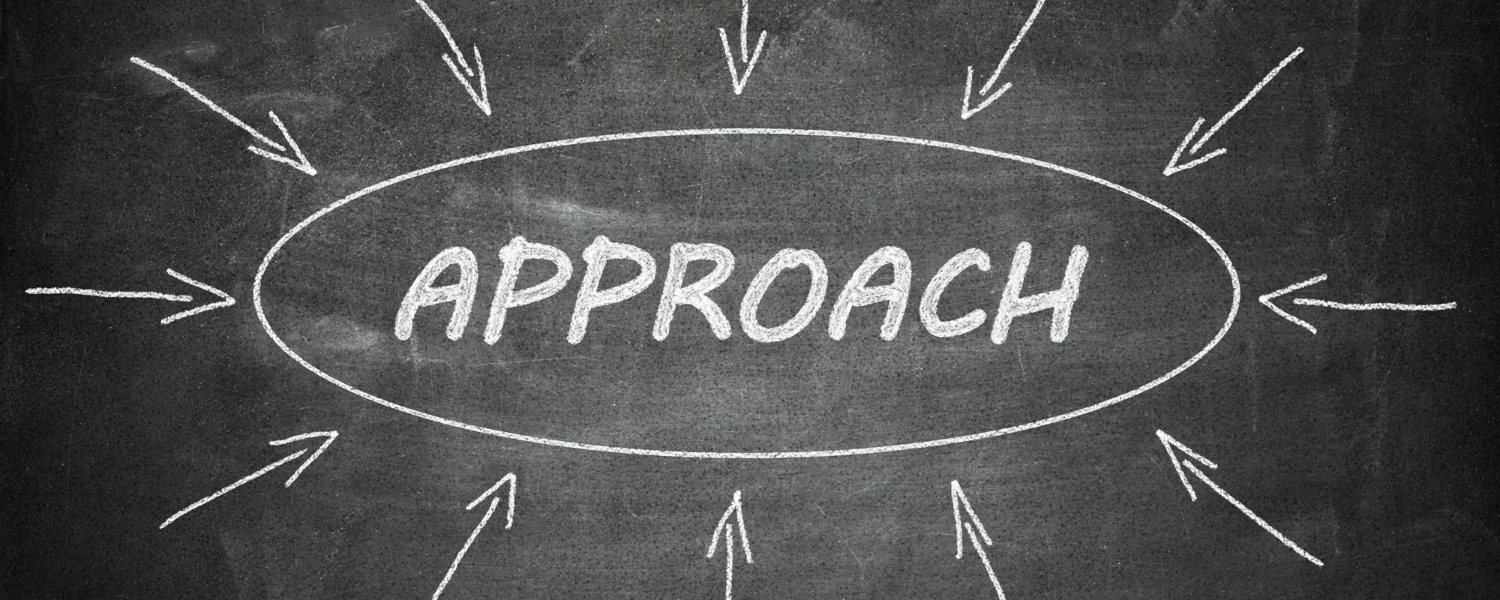
Revenue recognition is the process of recognizing revenue in the financial statements, and it is a crucial aspect for examining a businesses performance. Revenue is recognized when it is earned, and it is earned when the performance obligation is satisfied.
According to 2018 deadlines, it is necessary for the organizations to be ASC compliant, no matter whether they’re private or public companies. However, following the revenue recognition standards, ASC 606, has become more difficult over time for SaaS and other subscription organizations due to the evolving nature of some subscription revenue arrangements.
ASC 606 (Accounting Standard Codification) step 4, formulated by the Financial Accounting Standard Board (FASB) along with joint efforts from International Accounting Standard Board (IASB), develops revenue standards and clears the terms related to revenue recognition.
Step 4 of ASC 606, a five-step revenue recognition process, which requires allocating revenue based on standalone selling price, is one of the more challenging and problematic criteria for many subscription businesses as multiple goods and services are offered by these businesses in a single package.
Transaction Price Vs. Standalone Selling Price

Transaction pricing is when a company prices its goods or services based on a specific transaction. This means that the price may vary depending on the buyer, the quantity purchased, or other factors. For example, a company may offer a discount for bulk purchases or charge a higher price for individual customers.
Standalone selling price is when a company sets a fixed price for its goods or services, regardless of the buyer or the transaction. This is a more common pricing strategy, as it is simpler to administer and manage.
When choosing a pricing strategy, companies must consider their overall goals and objectives. For example, if maximizing profits is the goal of a company, transaction pricing may be more effective. However, if a company is looking to build customer loyalty or simplify its pricing structure, a standalone selling price may be the better option.
Before exploring how businesses can implement Standalone Selling Prices to assign revenue to performance commitments further, let us discuss what standalone selling price is.
What is a Standalone Selling Price?
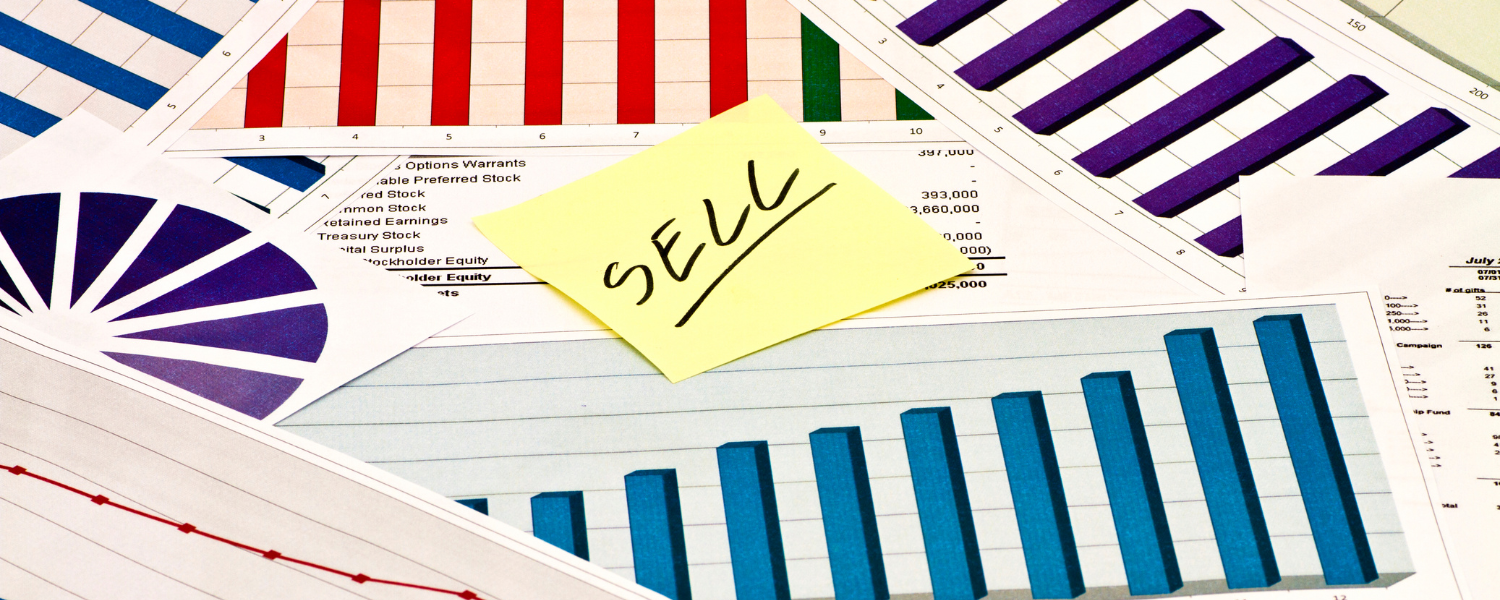
In the world of business, "standalone selling price" (SSP) refers to the cost of a good or service when it is sold separately from other goods or services. The process of developing SSP requires considering numerous factors like various data points, any changes in product pricing, revaluation of any significant changing dynamics, etc. The standalone selling price is the price that a customer would pay for the product if they were to purchase it on its own, without any discounts or promotions.
The SSP, for instance, would be the price of the car before any discounts or dealer incentives are applied if a buyer was to buy a new car. The SSP is the "list price" of the car and is the price that the customer would pay if they were to purchase the car without any special offers.
The SSP is important to businesses because it provides a benchmark for pricing other products and services. When businesses are considering bundling products together, they will often use the SSPs of the individual products to determine the price of the bundle.
The SSP is also a useful tool for businesses when they are negotiating prices with suppliers. By knowing the SSP of a product, a business can be sure that they are getting the best possible price for the product.
SSPs accordance required with ASC 606/IFRS 15
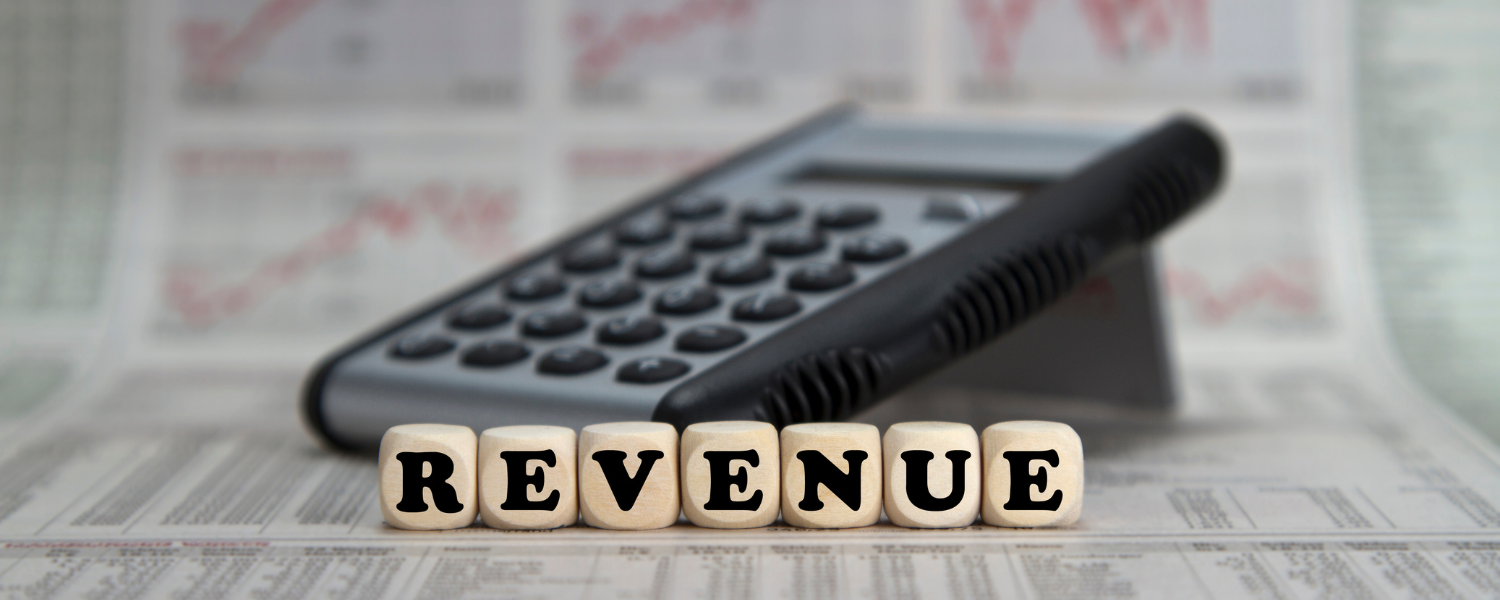
Any business needs an effective internal control system, but those required to adhere to ASC 606/IFRS 15 have an even greater need for it. This is because the new revenue recognition standard is much more complex than previous standards, and it requires companies to have a greater level of control over their financial reporting.
There are several key components of a sound system of internal controls, but some of the most important include the following:
1.Accurate Financial Reporting
Companies need to have accurate financial statements to comply with ASC 606/IFRS 15. This means that companies need to have adequate systems and processes in place to track and record revenue.
2.Effective Communication
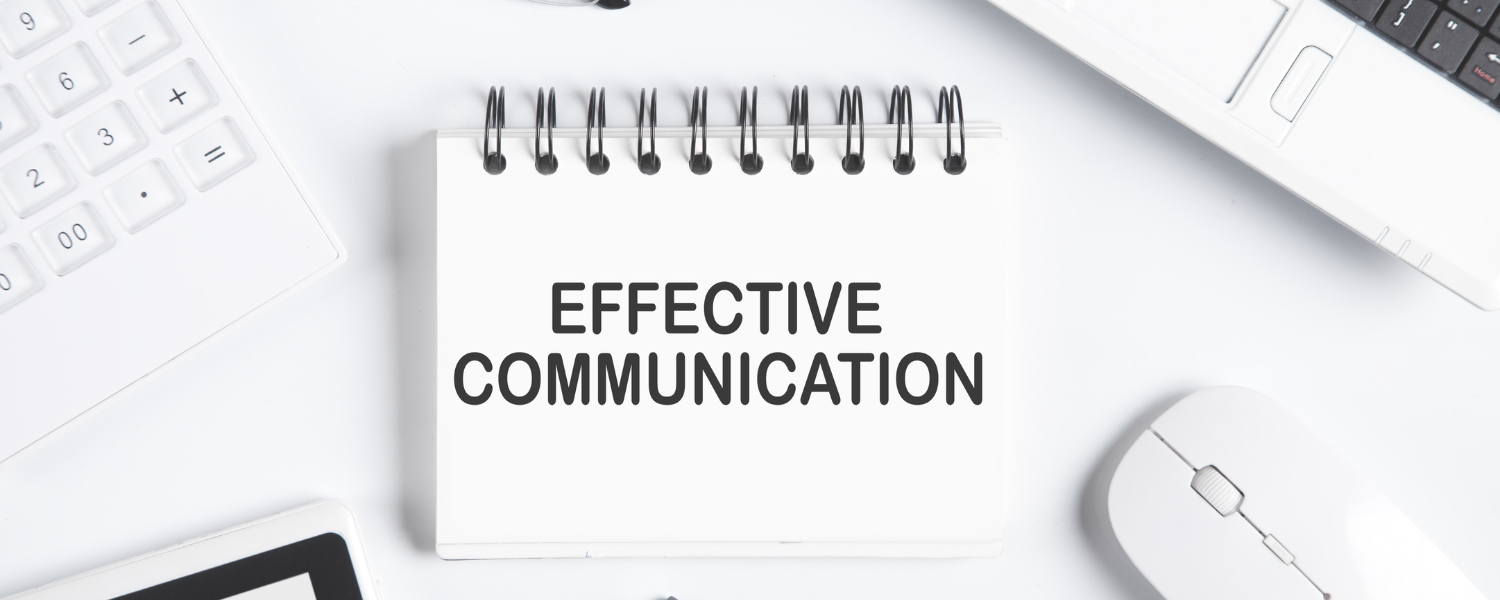
3.Robust internal controls
Companies need to have strong internal controls to prevent and detect errors in revenue recognition. Implementing processes to guarantee accurate and compliant ASC 606/IFRS 15 transaction recording is part of this.
SSPs play a vital role in helping companies comply with ASC 606/IFRS 15. They help companies ensure that their financial statements are accurate and that they are effectively communicating with all stakeholders about revenue recognition. In addition, SSPs help companies implement strong internal controls to prevent and detect errors in revenue recognition.
How to develop a Standalone Selling Price in compliance with ASC 606/IFRS 15
The three methods for developing standalone selling prices under ASC 606/IFRS 15 are the adjusted market assessment approach, the resale price method, and the cost-plus method.
Adjusted Market Assessment
Market assessment needs to consider the market where the services are sold. The modified market assessment approach calculates the price that a consumer in that market would be ready to pay. This is a smart choice when a rival provides comparable products or services that can be used as the foundation for the analysis.
While implementing this strategy, be sure to consider
●A wide range of competitors
●All types of services offered by your competitors
After analyzing these points, you are all set to develop a standalone selling price.
Expected Cost Plus Margin
This market assessment method is beneficial in the case where there is no information on the demand for the commodity or service in question, nor is there any rival information about the demand for similar goods or services offered by them. These are the direct fulfillment costs that can be easily determined; then this method needs to be prioritized.
This approach adds a margin to the price the market is ready to pay after considering the anticipated costs of meeting the performance obligation.
Residual Approach
With this method, the projected standalone selling price for the remaining goods or services is determined by subtracting the total of the SSPs for other goods and services from the overall transaction price. It involves assigning the leftover transaction price to other goods/services with no known Standalone Selling Price.
Only one of the following conditions must be true for an entity to be able to use the residual method:
●The corporation has never made that good or service available for independent purchase and has not yet established a price for it.
●The selling prices are very changeable if the company offers the same goods or services to multiple customers at a wide variety of rates.
It is often advised for companies to try their hands on the first two mentioned methods. These two methods need to be prioritized to evaluate the Standalone Selling Price and then use the residual method in the case no significant results got from the other two.
Bring automation to the Standalone Selling Price
Scaling your business means you need to be able to automatically calculate and update your prices in real time. Calculating and updating your prices based on your customer's usage, ensuring that profit making is always prioritized, automation is required to avoid inefficiencies and errors. It also uplifts the bridge between the sheets and manual power by making a straightaway road to SSP.
To get started with automation, all you need to do is simply connect your account to your accounting software, which afterward automatically calculates and updates your prices based on your customer's usage. This automation also lets you set up automated email notifications to let you know when prices have been updated.
Final Words
The bottom line for any SaaS company is that the standalone selling price needs to be high enough to cover the costs of acquiring and servicing the customer while also providing a reasonable profit.
There are several ways to determine the right price, but the most important thing is to start with a clear understanding of the costs involved in servicing the customer. From there, the company can set a price that will cover those costs and provide a reasonable profit.
